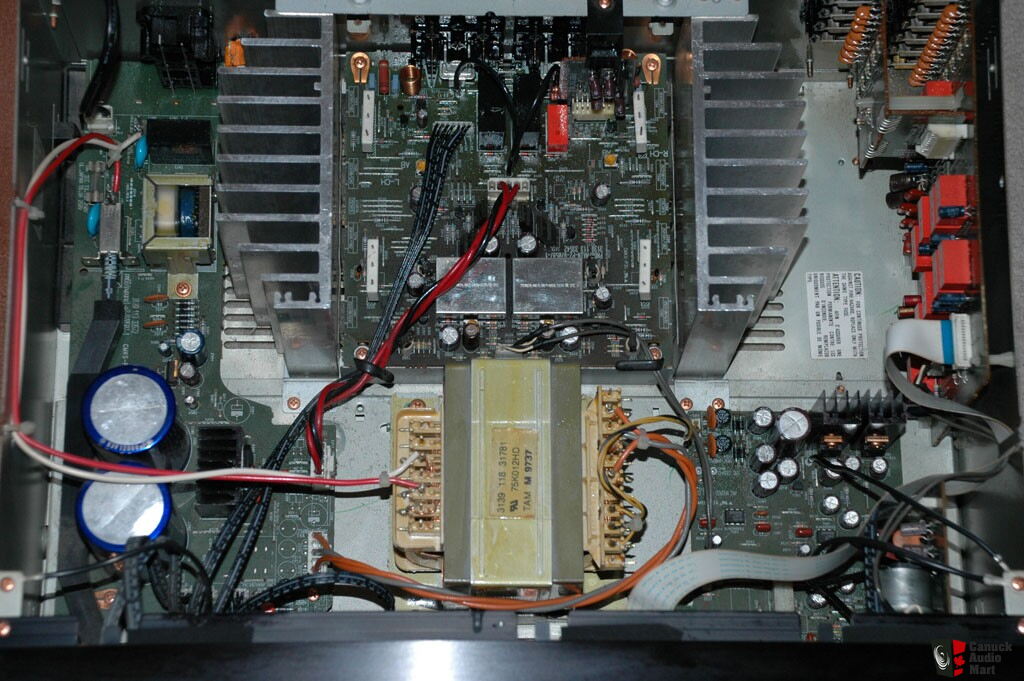I have a Marantz PM-68 stereo amplifier from circa 2000. It's paired with Sonus Faber Concertinos and a REL Strata III subwoofer, also from around 2000 (give or take a year or two). The only source is a digital streamer. Used to be Chromecast Audio but is now a Wiim Pro. My CD collection is on a PC, stored as FLAC files.
Until recently, I lived in apartments or townhouses, so out of consideration for the neighbors I never tried taking the system to its volume limits.
Moved to a standalone house with no close neighbors recently so I've been trying to listen at higher volumes than I used to. Unfortunately, when going very loud with dynamic pop or rock music (lots of bass and percussion), the sound cuts out. It comes back when I dial down the volume. Also, the same thing happens with or without the REL Strata III connected.
As the Marantz had never been serviced since purchase, I sent it to their customer service for general maintenance, and, if necessary, repairs. Was told that they had to exchange a couple of relays and solder a few spots back in place that had become a little warped, and that was it. Asked them about the capacitors and they said there's nothing wrong with those.
So, I got the amp back, tried it again - same thing happens.
Is it possible that this amp simply can't go louder with these speakers?
Short of getting a new amp (or speakers?), is there anything else I could try? I've already meticulously cleaned all connections and cables, and made 3x sure that all contacts are firm.
Is it worth trying an active crossover (a high pass filter between the amp and the speakers) to take some of the burden off the main speakers?
Until recently, I lived in apartments or townhouses, so out of consideration for the neighbors I never tried taking the system to its volume limits.
Moved to a standalone house with no close neighbors recently so I've been trying to listen at higher volumes than I used to. Unfortunately, when going very loud with dynamic pop or rock music (lots of bass and percussion), the sound cuts out. It comes back when I dial down the volume. Also, the same thing happens with or without the REL Strata III connected.
As the Marantz had never been serviced since purchase, I sent it to their customer service for general maintenance, and, if necessary, repairs. Was told that they had to exchange a couple of relays and solder a few spots back in place that had become a little warped, and that was it. Asked them about the capacitors and they said there's nothing wrong with those.
So, I got the amp back, tried it again - same thing happens.
Is it possible that this amp simply can't go louder with these speakers?
Short of getting a new amp (or speakers?), is there anything else I could try? I've already meticulously cleaned all connections and cables, and made 3x sure that all contacts are firm.
Is it worth trying an active crossover (a high pass filter between the amp and the speakers) to take some of the burden off the main speakers?
Last edited:

